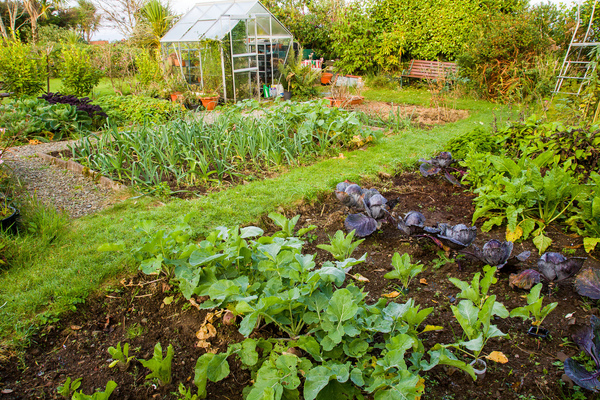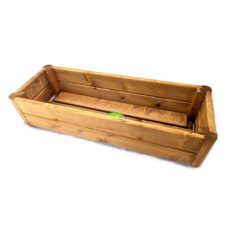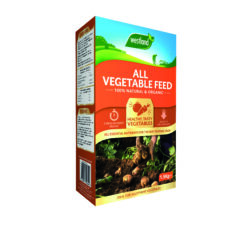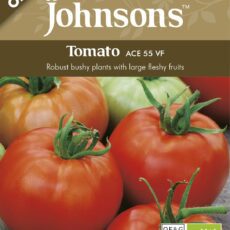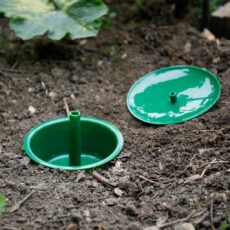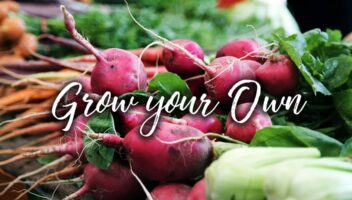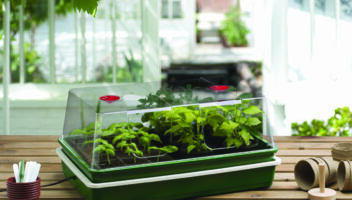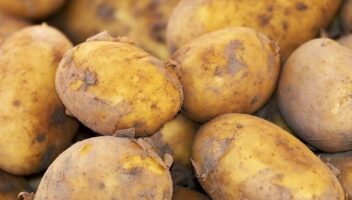In the lockdown in the spring of 2020, an astonishing number of gardeners had a go at ‘growing their own’. Sales of seeds continued well into the early summer (much later than the usual season), garden fertilisers were in high demand and you couldn’t get bamboo canes for love nor money! Fortunately, we were blessed with wonderful gardening weather and our gardens bloomed and flourished. Whether you dabbled with grow your own for the first time last year, or are more experienced with a vegetable garden, here are a few tips for getting the best out of your plot this year.
Different Plant Different Needs
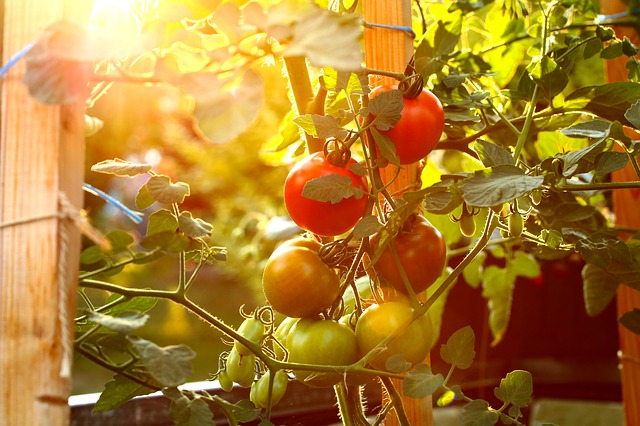
Like any other plant, different food crops have their requirements in terms of soil type, position, watering and feeding.
- Cabbages and other brassicas as well as cucurbits (cucumbers, courgettes, squash and pumpkins) – are ‘hungry’ and need good, fertile soil.
- Root vegetables – grow best in well-dug soil without too many stones
- Tomatoes – need daily watering and at least weekly feeding through the growing period to maximise the yield.
- Beans and peas (legumes) – help to fertilise your soil by fixing nitrogen from the air and putting it into the soil through special nodules in their roots.
Crop Rotation
You can take advantage of these differences in needs by rotating your crops, e.g.
First Year: Legumes / Brassicas / Root Vegetables
Second Year: Brassicas / Root Vegetables / Legumes
Third Year: Root Vegetables / Legumes / Brassicas
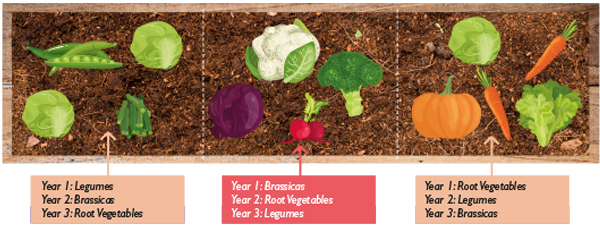
If you divide your plot into three, you can start with peas and beans in one area, brassicas in another and root veg in the third.
In your second year of growing, plant brassicas where your beans were the year before to take advantage of the nitrogen they have added into the soil. Plant your root veg where the hungry brassicas have taken most of the fertiliser out of the soil and this will help them grow straight. Plant your beans where the root veg were and they will replenish the depleted soil.
In year three, move everything round another step.
This approach also helps prevent the build-up of soil-borne pests and diseases which can be a problem if you grow the same thing in the same spot each year. Add a fourth area into your rotation for salad plants and other leafy veg or grow them in amongst your other crops.
Planning your Vegetable Garden for Sun
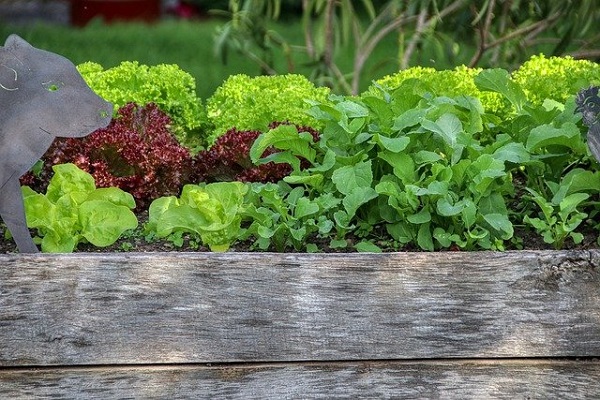
Most vegetables do need a sunny aspect, so don’t grow them in a shady area of the garden. Root vegetables typically still do fine in the dappled shade from climbing beans or other tall plants in the plot, so you can plan where you will plant taking this into account. If possible, set out rows running north to south so the sun catches all your plants through the day. Don’t plant a big blocker of runner beans at the south edge of your plot so all your other plants are in its shade!
Good Condition Soil
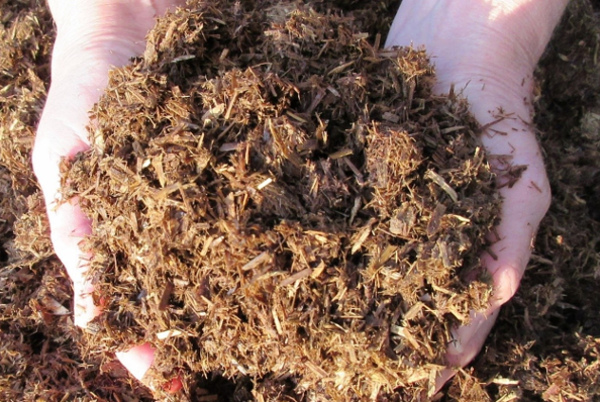
Most of your veg will need added fertiliser to get the best yields. Dig in composted manure or a natural fertiliser such as fish blood and bone ahead of planting for good results.
Hillier tip: Carrots and parsnips don’t grow well in manured soil as it tends to make them fork and grow into strange shapes rather than straight down.
Many plants will need further addition of fertiliser when the fruits start to form. Look for a fertiliser that is high in potassium (the K in NPK fertilisers) which is essential for flowers and fruit. Tomato feed and rose feed are both high in potassium and suitable for a wide range of vegetables.
Companion Planting in your Vegetable Garden
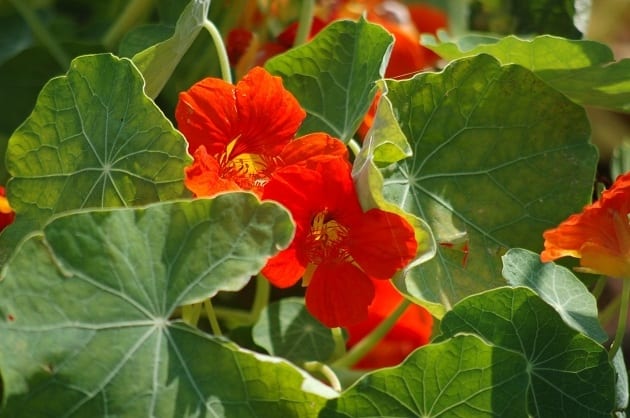
Companion planting is the natural way to deter unwanted pests from your produce.
- Try planting onions or garlic alongside your carrots – the smell of the alliums deters carrot fly.
- Marigolds (Calendula officinalis) help control nematode worms in the soil and also attract ladybirds, which will in turn prey on any aphids on your veg plants.
- Nasturtiums will attract whitefly and aphids away from your beans and peas with the added benefit of edible flowers and leaves.
- Mint and sage are both strongly scented and can deter pests of cabbages and similar vegetables.
Read more in our guide to companion planting.
Growing Naturally
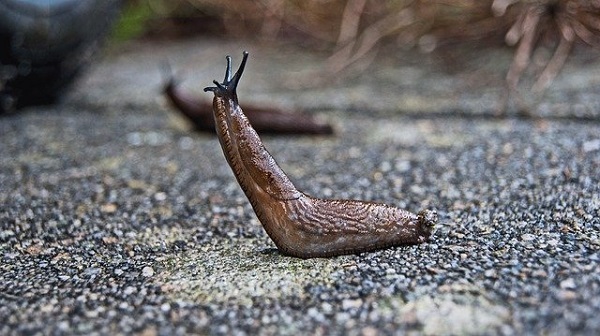
If you want to grow as naturally as possible, there are a number of products that will help support your efforts via crop rotation and companion planting.
Slugs and snails are a real threat to your newly positioned young plants. Deter them with natural wool pellets like Slug Gone or try a traditional barrier such as copper tape.
Bug sprays based on fatty acids or natural plant chemicals can be useful if you get a breakout of pests, despite your best efforts to prevent them. Remember not to spray when bees are actively foraging. It is ok to spray at other times, as the product leaves no residual threat on the plants after use that could harm these important pollinators.
The Sipcam Ecofective range is new to Hillier in 2023 with a range of benefits for your vegetable garden. The range features slug barrier granules that provide a physical barrier around your crop:
- Natural non-toxic granules for slug and snail control
- Provides an effective physical barrier to stop slug and snails accessing potted and bedded plants
- Long lasting granules which dry quickly and remain effective after rain or watering
- Pesticide free, for all garden types
- Safe to use around children, pets, wildlife and bees
Find more advice for natural gardening methods in our Guide to Natural Gardening.


